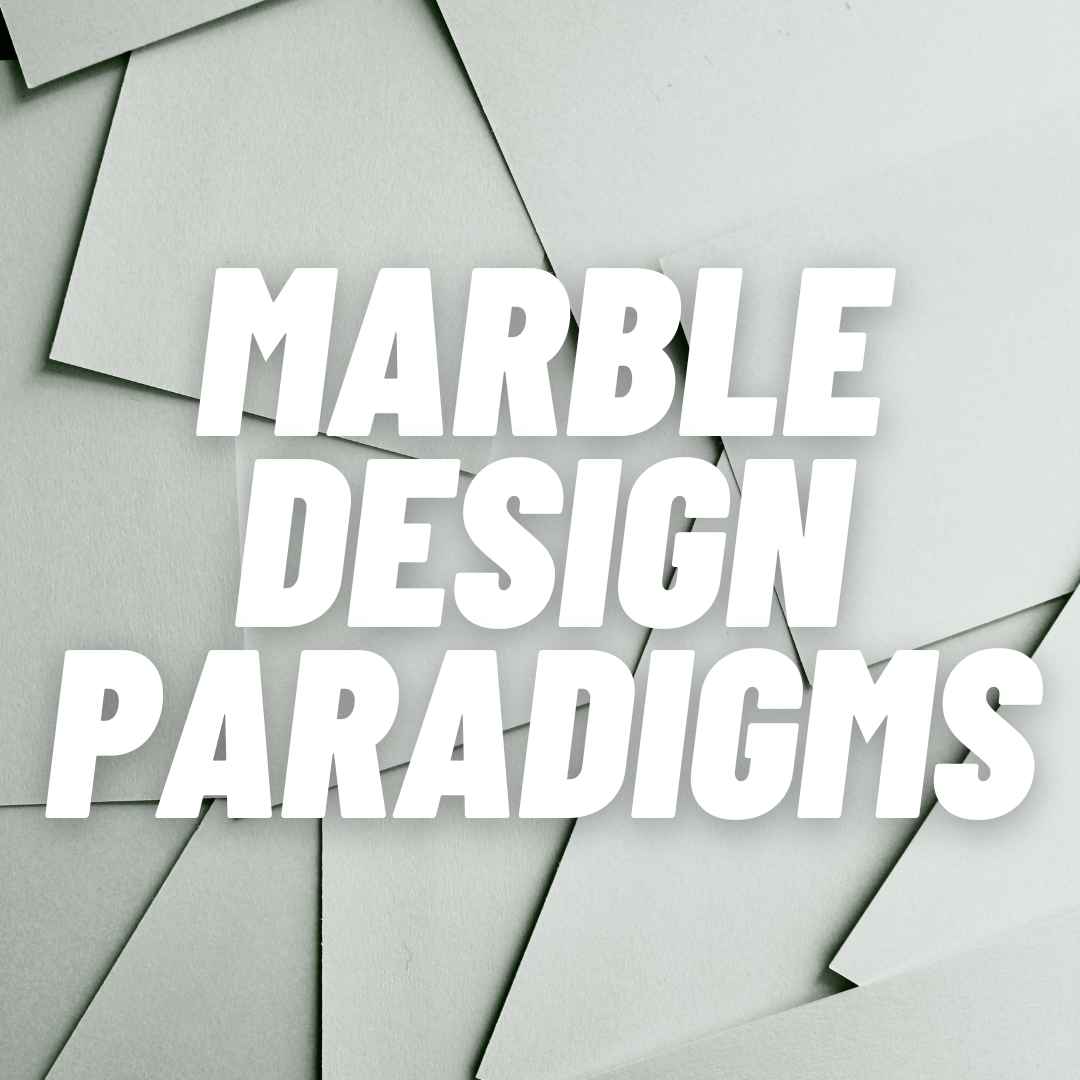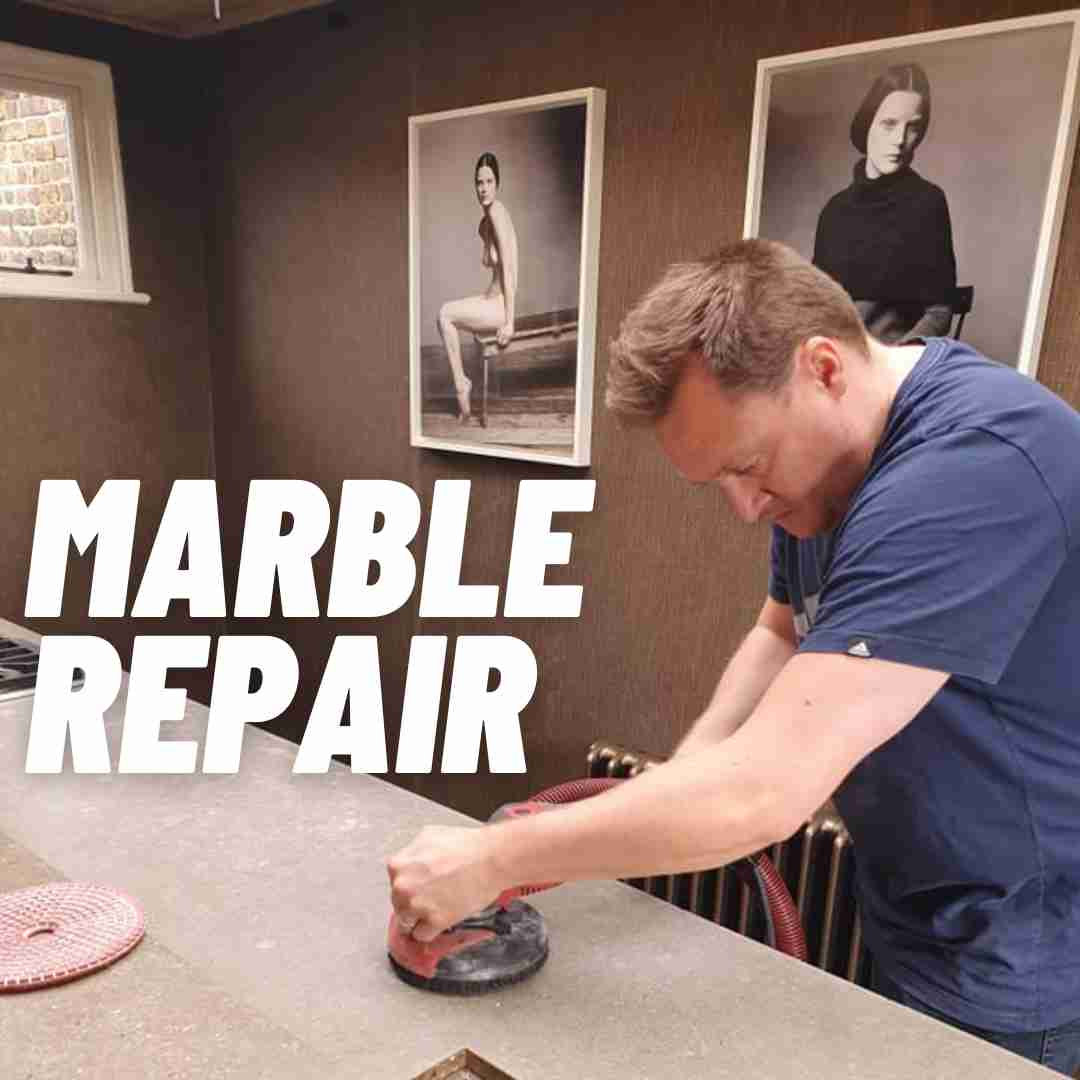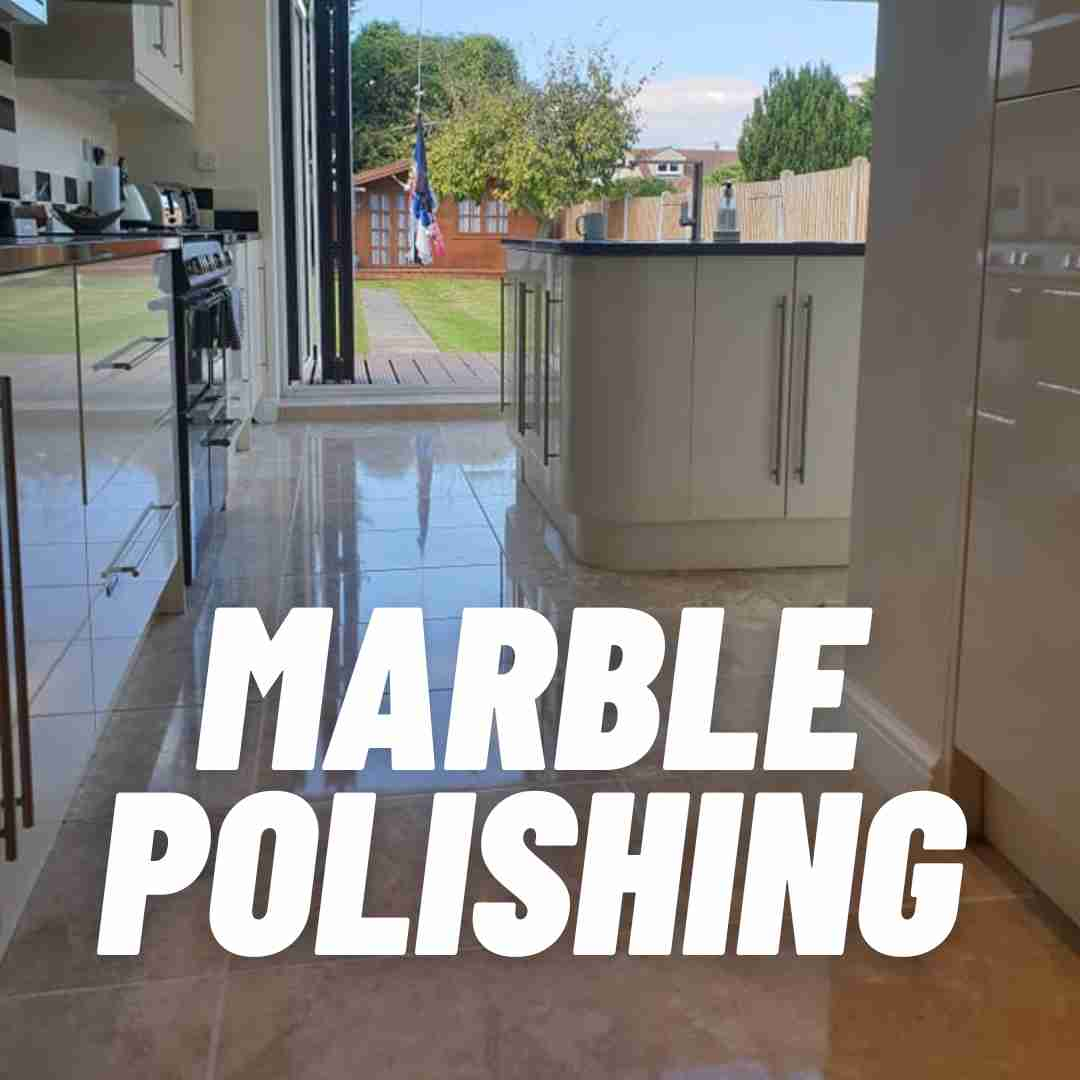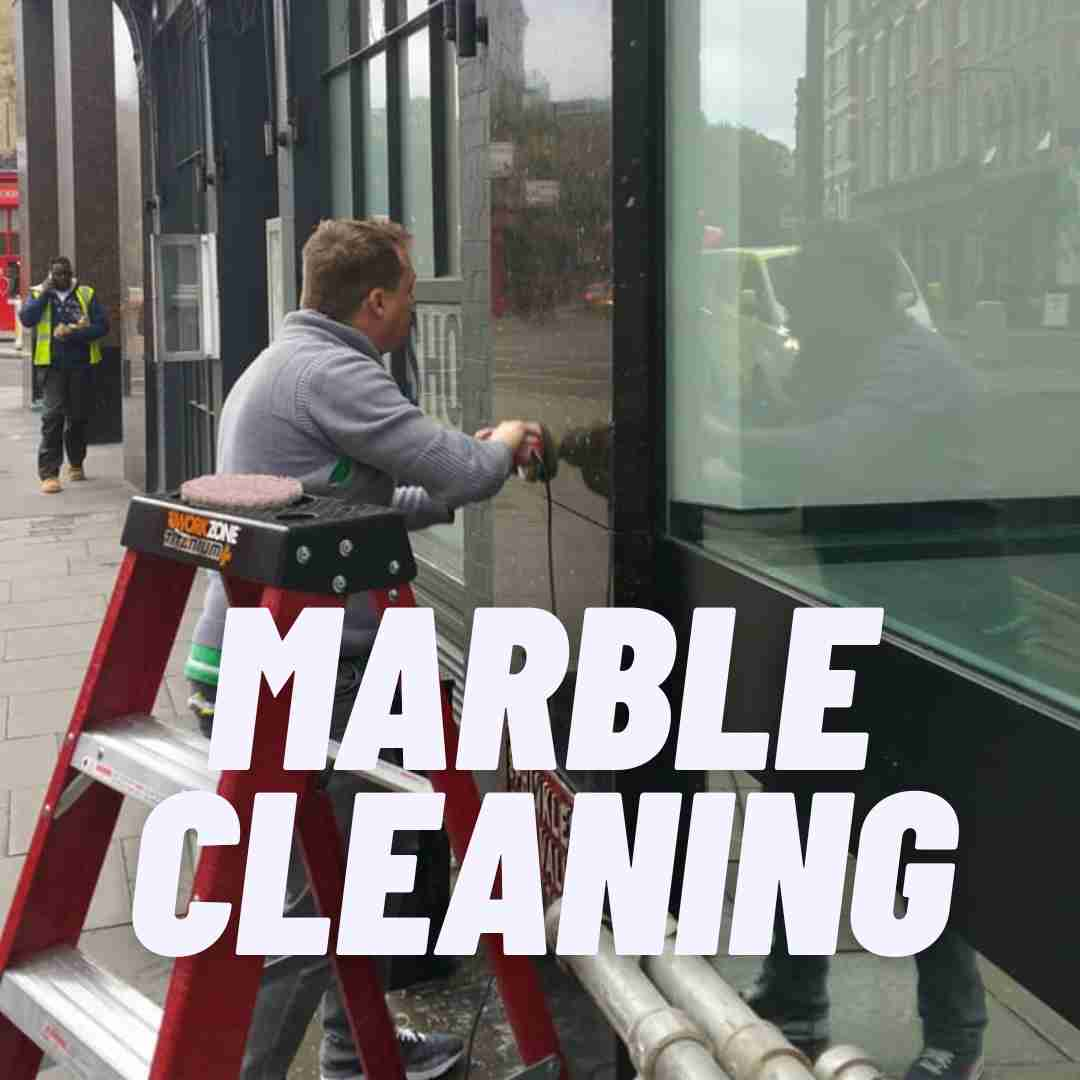Traditional UseMarble has been an integral part of architectural and design history for centuries, dating back to ancient civilizations like Greece and Rome. Its natural beauty, durability, and ability to be polished made it a preferred material for constructing buildings, monuments, and sculptures. The Parthenon, Pantheon, and Taj Mahal are some notable examples of marble's use in the traditional design era. Additionally, marble was used in various design elements, including flooring, columns, and decorative features, highlighting its versatility as a material.
Contemporary UseIn the contemporary design world, marble has also maintained a strong presence, especially in high-end residential and commercial spaces. The material has experienced a resurgence in popularity, with designers valuing its natural sophistication and elegance. Modern applications of marble can be found in various forms, from countertops and backsplashes in kitchens and bathrooms to wall claddings and staircase designs.
Despite the rise of alternative materials, marble continues to be highly regarded due to its timeless appeal, classic beauty, and ability to enhance any space. Technological advancements have also made marbles more accessible and less expensive than ever before, allowing a wider range of designers and homeowners to incorporate it into their projects.











